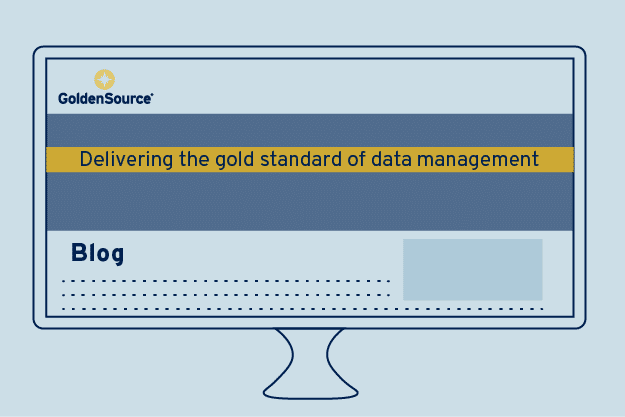The importance of liquidity
Buy-side professionals often refer to liquidity as the oxygen of the financial markets. It’s not hard to see why, as it often goes unnoticed until it disappears, before becoming the key variable needed to keep an asset alive. Knowing this to be true, financial advisors and asset managers are working diligently to develop robust systems that will incorporate liquidity into asset allocation as one of the risk and reward factors for any given client. This involves liquidity ‘bucketing’ – a new requirement to measure each asset’s liquidity, as detailed in SEC Rule 22e-4. And on top of this, cyber security efforts are also being amplified in order to ensure proper protection of private information.
At a recent Voltaire Advisors briefing on Mutual Fund Liquidity Risk Management, a group of asset managers, tech vendors, financial advisors and compliance officers gathered to discuss these challenges that have been fueling recent actions within the US Mutual Funds industry.
External concerns
The key concerns discussed stem from the overall complexity of the new rules, including the vague language and lack of prescriptive guidelines for funds to follow. The broad consensus is that funds are not only being left to decipher the rule from their own understandings, but also to develop their own solution to compliance worries. The problem is that before a solution can be delivered, advisors and asset managers need to consolidate the information they are witnessing across the industry, before gathering feedback from clients to define the challenges that should be addressed first.
As many expected, client protection against a possible cybersecurity attack ranked as a top priority challenge that funds will need to overcome prior to December 2018 implementation. SEC Rule 22e-4 will require funds to provide a sophisticated report to the SEC containing portfolio-holdings. Following the massive SEC data breach, US Mutual Funds believe this is cause for concern, since all sensitive information will be, by necessity for regulatory reporting, accessible in a single repository. Actions towards improved cyber protection are what clients are expecting from the SEC, mutual funds and the technology vendors involved. Due diligence in this circumstance is vital to prove protection processes are in place prior to implementation.
Classifying liquidity in SEC Rule 22e-4
Beyond the outside concerns, a worry about understanding the new rules to ensure compliancy was evident among attendees of the Mutual Fund Liquidity Risk Management briefing. A new practice featured in the rules is asset classification for liquidity, or what many within the industry are referring to as ‘bucketing’. The SEC devised four separate buckets ranging from highly liquid to illiquid. Under the new rule each asset can be bucketed under the following categories:
- Highly Liquid – Convert to cash in less than 3 business days
- Moderately Liquid – Convert to cash in 3-7 calendar days
- Less Liquid – Sold within 7 calendar days
- Illiquid – More than 7 calendar days to sell
Funds are required to identify each asset with one of the specific buckets. For instance, a standard bond is usually defined as illiquid whereas money market instruments, such as treasury bills or bills of exchange, are usually highly liquid. The buckets are designed to define liquidity to assist in the process of identifying an asset. Once the level of liquidity is identified and the asset is categorized into a bucket, asset managers can easily detect the risk of each asset. An asset in the highly liquid bucket is expected to have limited risk because it can be easily converted to cash, where an illiquid asset is a higher risk because it is less likely to be converted quickly.
Complying with SEC Rule 22e-4
In order to comply and report accurately, advisors and asset managers see a need to build awareness around the undertaking from each viewpoint including from a mutual fund level and firm level. Proper education for senior management will ensure change or implementation of systems to handle the requirements accurately moving forward.
Bucketing will lead to a full curation of data that will be accessible within a central repository. Each new aspect of SEC rule 22e-4 will build towards a more sophisticated report. Asset managers will be required to adopt to the new rules outlined that encourage a modernization of report data architecture. Additional reporting forms are being introduced: N-CEN, N-PORT, N-LIQUID, and N-1A. Each form is set up as a reporting check system to keep track of assets, their level of liquidity vs. illiquidity, and the asset’s level of risk. The requirements broken down by the new forms create a sophisticated system that is designed to be legible for all parties involved. It is not a system developed specifically for data scientists. The intention is for end-users to use the system and gain insight from the data.
The key to the data architecture fit for Rule 22-e4 and reporting modernization is the combination of data analytics tools, a data warehouse underpinned by an advanced data model and smooth integration with data feeds and downstream systems. This setup empowers end users to interact regularly with their data using tools specific to their requirements while at the same time providing data scientists and quants with a powerful platform to perform complex modeling.
With just over a year until the full compliance implementation date, US Mutual Funds will need to take the time to define the core challenges presented by the new SEC 22e-4 Rules. With proper solutions in place for cybersecurity, managing liquidity rules, and report modernization, advisors and asset managers will have the tools to guarantee compliance for clients.

